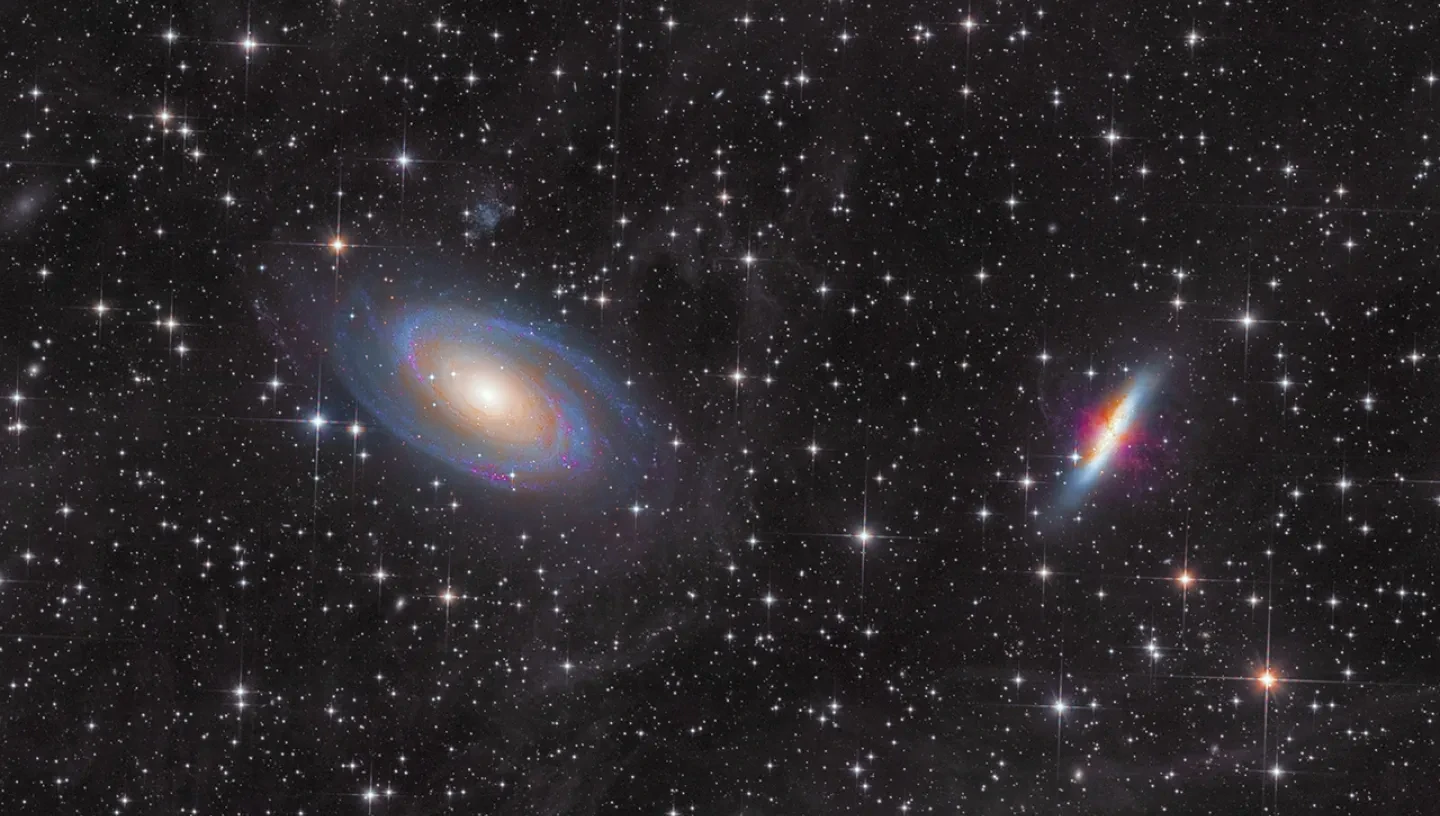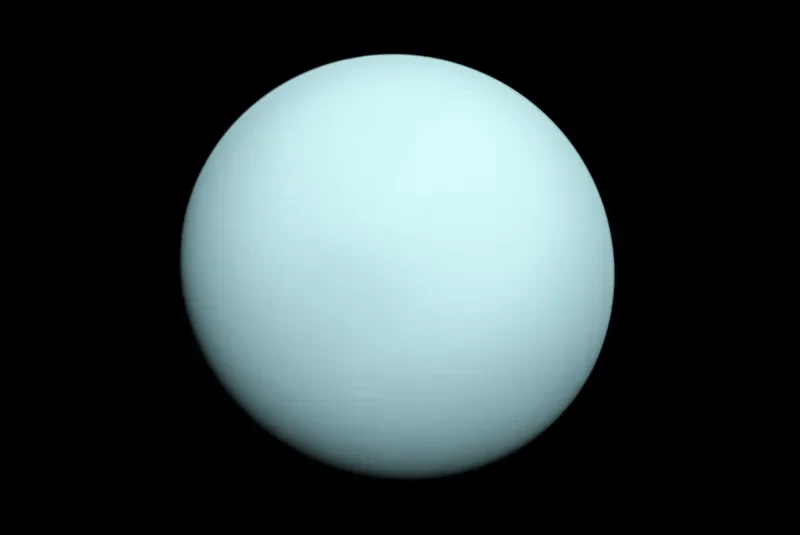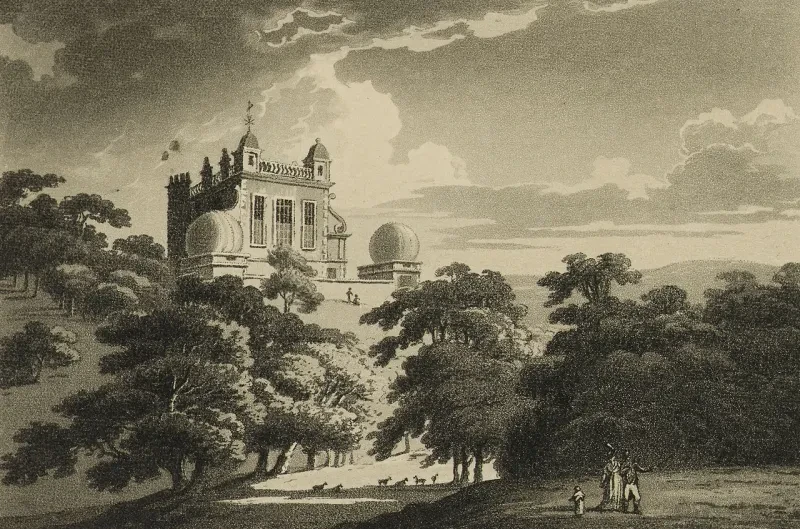
Learn more about how William Herschel discovered Uranus in 1781, the first new planet that had been discovered since antiquity
Slightly before midnight on 13 March 1781, in his back garden in Bath, German-born musician and astronomer William Herschel saw a strange object in the eyepiece of his homemade telescope.
The curio, which Herschel initially thought might be a comet, would go on to be confirmed as a seventh planet, encircling the Sun at twice the distance of Saturn. Later named Uranus, it was the first new planet discovered since antiquity.
However, things could have been very different if John Flamsteed, the first Astronomer Royal, had known what he was looking at almost a century earlier.
The Astronomer Royals and Uranus
In 1675 King Charles II made John Flamsteed the first incumbent of the post of Astronomer Royal at the new Royal Observatory built on Greenwich hill by Christopher Wren.
His task was simple: to accurately chart the heavens to contribute a solution to 'The Longitude Problem' and save deaths from shipwrecks (or, perhaps more accurately, to stop the King's treasure finding a new home at the bottom of the ocean).
By 1690 Flamsteed's growing catalogue of "fixed stars" included the rather innocuously titled 34 Tauri, a faint object on the cusp of human eyesight in the constellation of Taurus.
34 Tauri would again be observed by Flamsteed in 1712 and 1715 and by one of Flamsteed's successors as Astronomer Royal, James Bradley, in 1748, 1750 and 1753.
The trouble was that no one realised they were looking at the same thing; the 'fixed' star had wandered across the heavens, the distinct calling card of a planet (from the Greek for 'wanderer').
It took the great resolving power of William Herschel's newly built 6.2 inch reflecting telescope to see 34 Tauri, which by 1781 had wandered into the constellation of Gemini, as a disc rather than a point-like star. In fact, Herschel's telescope was better than any at the disposal of Nevil Maskelyne, the latest Astronomer Royal and the often, and perhaps wrongly, maligned adversary of clockmaker John Harrison.
William Herschel and Nevil Maskelyne
The collective Astronomers Royal may have missed out on the greatest astronomical discovery since the days of Galileo but Maskelyne, in backing Herschel, would play a crucial role in getting his German colleague's discovery ratified. Maskelyne, a highly connected man at the head of English astronomy, called upon his European counterparts to further examine Herschel's sighting.
Calculations of its near circular orbit, rather than the highly elliptical orbit of a comet, and the lack of a distinct tail, confirmed that Herschel had nudged up the population of the Solar System by one.
It was also Maskelyne who pressed Herschel to name the Solar System's latest inhabitant. Obligingly, Herschel first called it Georgium Sidus (or "George's Star") after the then-King George III. However, arguments about the name persisted, not least because it wasn't a star.
The name Uranus was suggested by Johann Bode in 1782. He argued that 'Georgium' didn't follow the pattern of the other planet names and that Uranus, the Greek god of the sky, was more appropriate. Uranus' counterpart in Roman mythology, Caelus, is the father of Saturn, and Saturn in turn the father of Jupiter.
Finally, one of the greatest discoveries in astronomy of that time was officially acknowledged. Overlooked by Flamsteed and Bradley, discovered by Herschel and brought to the forefront by Maskelyne, it would be another 65 years before Uranus would be usurped as the gatekeeper to the edge of the Solar System.
Written by Colin Stuart, freelance astronomy writer
Main image: Uranus by the James Webb Space Telescope




